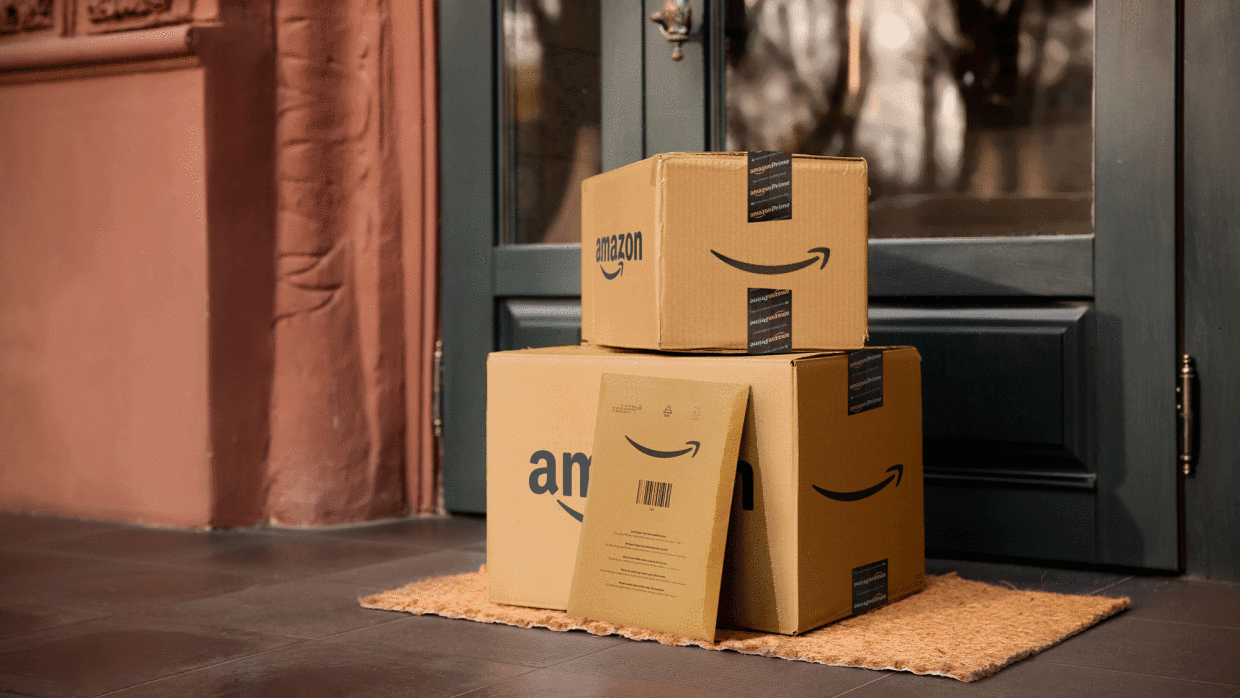Navigating Amazon’s Frustration-Free Packaging Guidelines: A Comprehensive Guide
In the realm of e-commerce, the packaging is not just a necessity for shipping; it’s an integral part of the customer experience. Amazon, a behemoth in the online retail space, has long recognized this and introduced its Frustration-Free Packaging (FFP) program. This initiative aims to alleviate common customer frustrations associated with over-packaged goods, improve sustainability, and enhance the efficiency of the supply chain. As businesses and consumers become increasingly environmentally conscious, understanding Amazon’s FFP guidelines and the significance of its various tiers is crucial for sellers on the platform.
The Essence of Frustration-Free Packaging
Amazon’s Frustration-Free Packaging program is designed to make packages easier to open, reduce waste, and ensure products are delivered in their own packages without additional shipping boxes. This initiative is not only about reducing the physical frustration of opening a package but also about minimizing the environmental impact of packaging waste. FFP is a win-win for customers and the planet, aligning with broader sustainability goals and offering a cleaner, more straightforward unboxing experience.
The Tiers of Amazon’s Packaging Program
Amazon’s packaging program is categorized into three tiers, each with its own set of standards and requirements:
Tier 1: Frustration-Free Packaging (FFP)
This tier is the gold standard for packaging on Amazon. To qualify as FFP, packaging must be easy to open, made of 100% recyclable materials, and capable of shipping in its own container without an Amazon over-box. This tier emphasizes the elimination of excess packaging materials and the use of packaging that can go straight into the recycling bin, reflecting Amazon’s commitment to sustainability and customer satisfaction.
Tier 2: Ships-In-Own-Container (SIOC)
SIOC packaging is designed for larger or heavier items that do not require an Amazon over-box but might need additional shipping labels or packaging tape when sent out. While still focused on waste reduction and recyclability, the SIOC tier is slightly more flexible than FFP, allowing for minimal additional packaging while still ensuring the product arrives in good condition. This tier is particularly relevant for bulkier items that are still easy for customers to handle and unpack.
Tier 3: Prep-Free Packaging (PFP)
The Prep-Free Packaging tier is designed for products that require some preparation before shipping but aim to minimize the need for additional packaging by Amazon. PFP focuses on reducing the labor and materials needed to prepare a package for shipment, streamlining the process while maintaining a commitment to customer convenience and environmental sustainability.
Why It Matters
Adhering to Amazon’s FFP guidelines is not just about compliance; it’s about contributing to a larger movement towards sustainability and customer-centricity in e-commerce. For sellers, meeting these standards can lead to increased visibility and preferential treatment on Amazon’s platform, including potential cost savings on packaging and shipping. For customers, it means receiving products in smarter, safer, and more sustainable packaging.
Moving Forward with FFP
For businesses looking to thrive on Amazon, embracing the Frustration-Free Packaging program is a step towards future-proofing their operations and aligning with consumer values. By investing in packaging solutions that meet Amazon’s FFP standards, sellers can enhance their brand reputation, contribute to environmental sustainability, and improve the overall customer experience.
As the e-commerce landscape continues to evolve, Amazon’s Frustration-Free Packaging guidelines set a benchmark for the industry, encouraging businesses to rethink how they package and ship their products. In a world where the environmental impact of packaging is under increasing scrutiny, adopting these practices is not just good business—it’s a commitment to a more sustainable and customer-friendly future.

